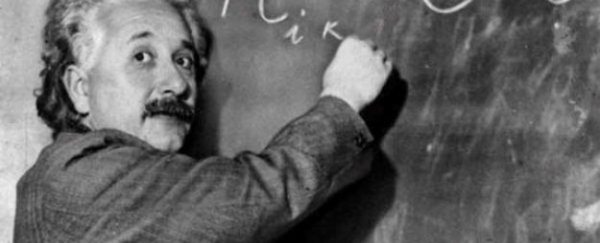The New York Times calls them "the Dead Sea Scrolls of physics", and they're on their way to being publicly available - the 80,000 documents left behind by Albert Einstein.
When he died in 1955, Einstein bequeathed the copyright of his writings and correspondence to Princeton University Press and the Hebrew University of Jerusalem in Israel. Over the past three decades these institutions have been analysing and publishing the texts - which span from the years of Einstein's youth to 1923 - and just last week announced that they would now be distributing them for free.
"Starting on Friday, when Digital Einstein is introduced, anyone with an Internet connection will be able to share in the letters, papers, postcards, notebooks and diaries that Einstein left scattered in Princeton and in other archives, attics and shoeboxes around the world when he died in 1955," writes Dennis Overbye at The New York Times.
This project follows on from previous efforts by the universities to disseminate Einstein's writings - Princeton has so far published nearly half of the documents in 13 hardcover and paperback volumes; and the Hebrew University has already set up their own digitised versions of some of the documents - called the Einstein Archives.
California Institute of Technology physics professor and editor of the new Digital Einstein website, Diana Kormos-Buchwald, told The New York Times that both the English and German versions of the texts would be made available, and some will be accompanied by annotated transcriptions and translations. The public can flick between Einstein's "love letters, his divorce file, his high school transcript, the notebook in which he worked out his general theory of relativity and letters to his lifelong best friend, Michele Besso, among many other possibilities," she said.
Head to the Digital Einstein website to browse through the 7,000 pages representing 2,900 unique documents have been digitised thus far.
Source: The New York Times
